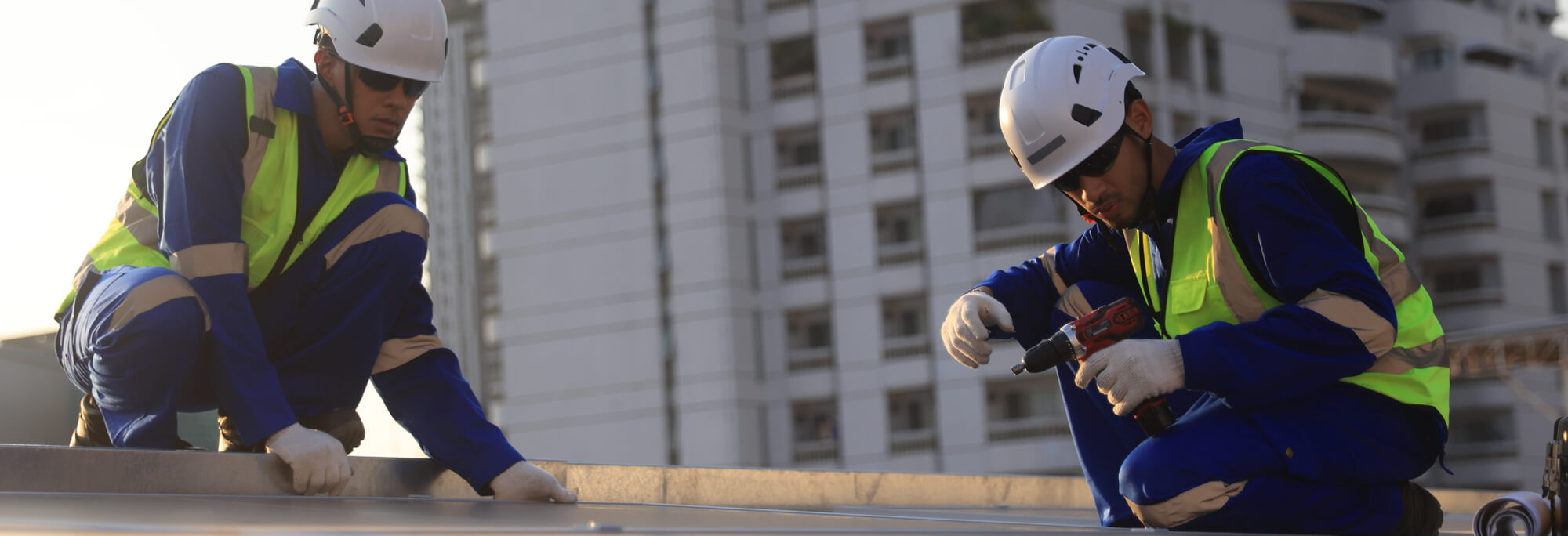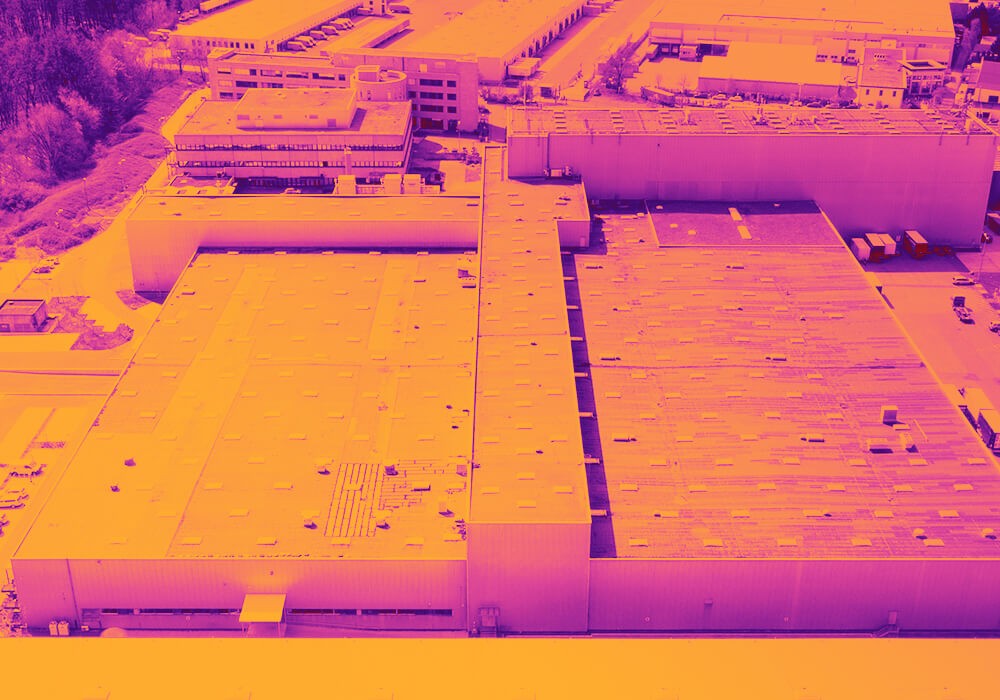Infrared Roof Inspections
Roofed Right America uses advanced infrared technology to provide comprehensive commercial roof inspections. We use thermal imaging cameras to detect hidden moisture problems within your roof system. Infrared cameras detect temperature variations and create a thermal image, revealing potential problem areas. Our experienced inspectors then analyze the images to identify hidden leaks, water pooling beneath the surface, and areas with compromised insulation.
Benefits of Infrared Roof Inspections for Commercial Properties:
- Early Detection: Infrared inspections identify moisture problems before they cause leaks, structural damage, or mold growth, saving you money on repairs and downtime.
- Non-Invasive: Infrared inspections are completely non-intrusive, eliminating the exact location of moisture.
- Targeted Repairs: Infrared inspections allow for targeted repairs by pinpointing the exact location of moisture problems.
By incorporating infrared technology into our inspections, Roofed Right America provides a comprehensive assessment of your roof’s health so you can make informed decisions about your commercial property.



